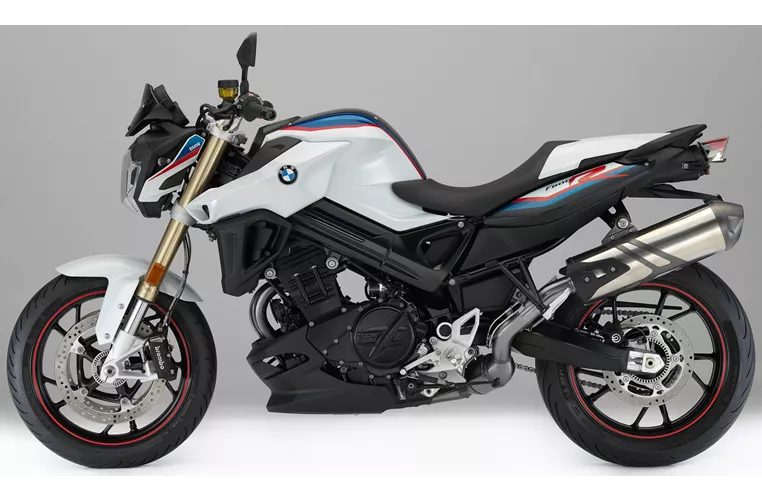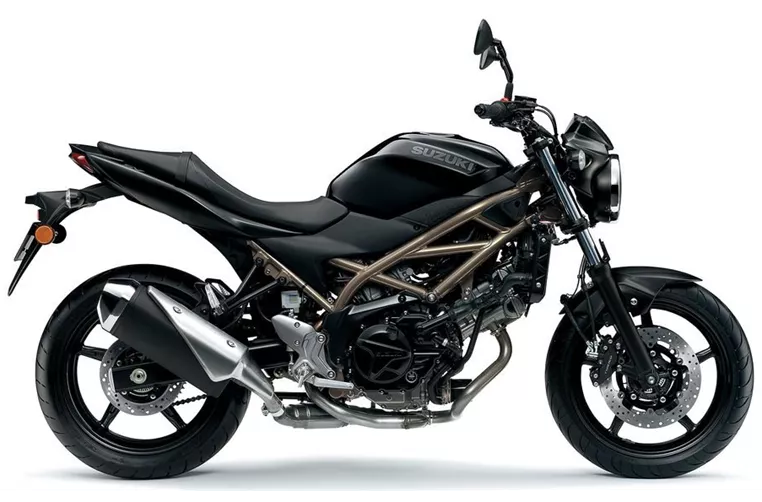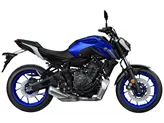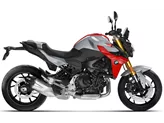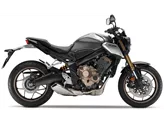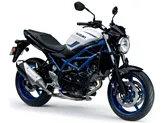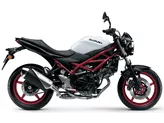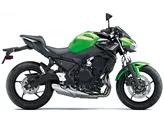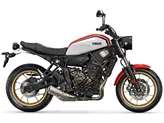BMW F 800 R 2017 vs. Suzuki SV 650 2021

BMW F 800 R 2017
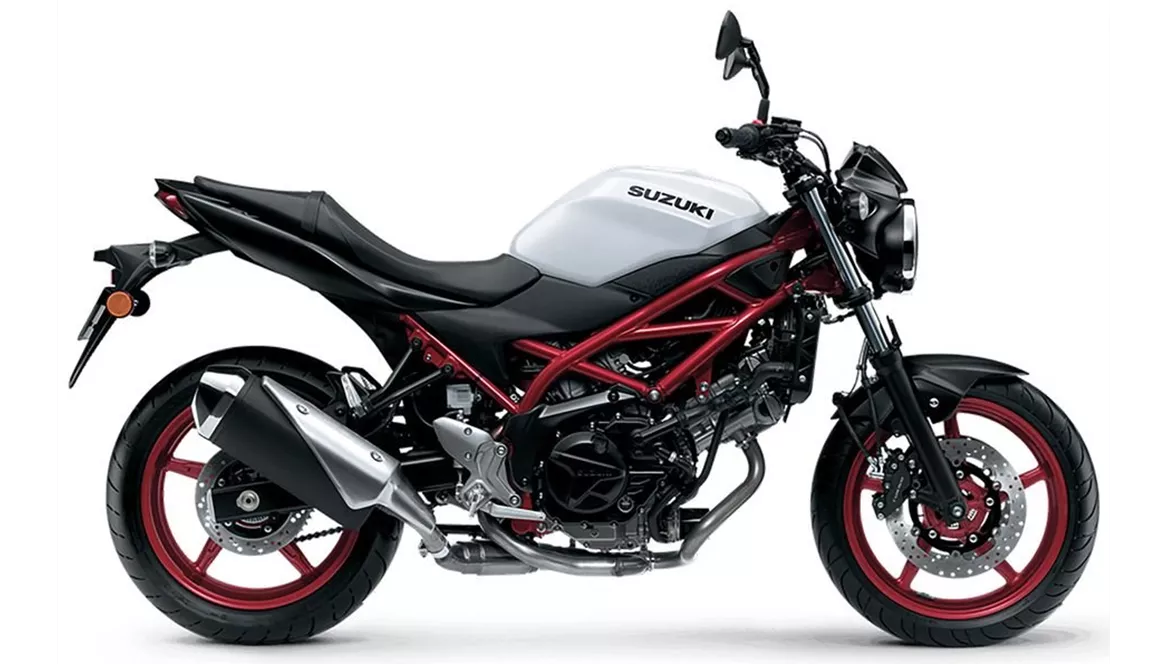
Suzuki SV 650 2021
Overview - BMW F 800 R 2017 vs Suzuki SV 650 2021
The BMW F 800 R 2017 and the Suzuki SV 650 2021 are both naked bikes that offer a thrilling riding experience. However, there are some notable differences between the two models.
In terms of engine specifications, the BMW F 800 R 2017 features an in-line, 2-cylinder engine with a displacement of 798cc. It delivers a powerful 90 horsepower and 86 Nm of torque. On the other hand, the Suzuki SV 650 2021 is equipped with a V-twin, 2-cylinder engine with a displacement of 645cc. It produces 73 horsepower and 64 Nm of torque. While the BMW F 800 R has a higher power output, the Suzuki SV 650 offers a confident powerplant with character.
Both bikes come with fuel injection systems and liquid cooling, ensuring optimal performance and efficiency. They also feature swing arm rear suspensions for smooth and controlled rides. However, the BMW F 800 R 2017 has an upside-down telescopic fork front suspension, while the Suzuki SV 650 2021 has a conventional telescopic fork front suspension.

BMW F 800 R 2017
In terms of chassis, the BMW F 800 R 2017 boasts an aluminum frame with a twin-tube, load-bearing engine design. This contributes to its low weight and accessible geometry, making it agile and easy to handle. On the other hand, the Suzuki SV 650 2021 features a steel frame with a tubular design, providing stability and durability.
Both bikes are equipped with double disk front brakes with four pistons, ensuring strong stopping power. However, the BMW F 800 R 2017 has the advantage of having electronically adjustable suspension, enhancing its advanced rider assistance systems. The Suzuki SV 650 2021, on the other hand, only offers ABS as its advanced rider assistance system.
In terms of dimensions and weights, the BMW F 800 R 2017 has a front tire width of 120mm and a rear tire width of 180mm. It has a wheelbase of 1520mm and a seat height ranging from 790mm to 820mm. The fuel tank capacity is 15 liters. On the other hand, the Suzuki SV 650 2021 has a front tire width of 120mm and a rear tire width of 160mm. It has a slightly shorter wheelbase of 1445mm and a seat height of 785mm. The fuel tank capacity is 14.5 liters.
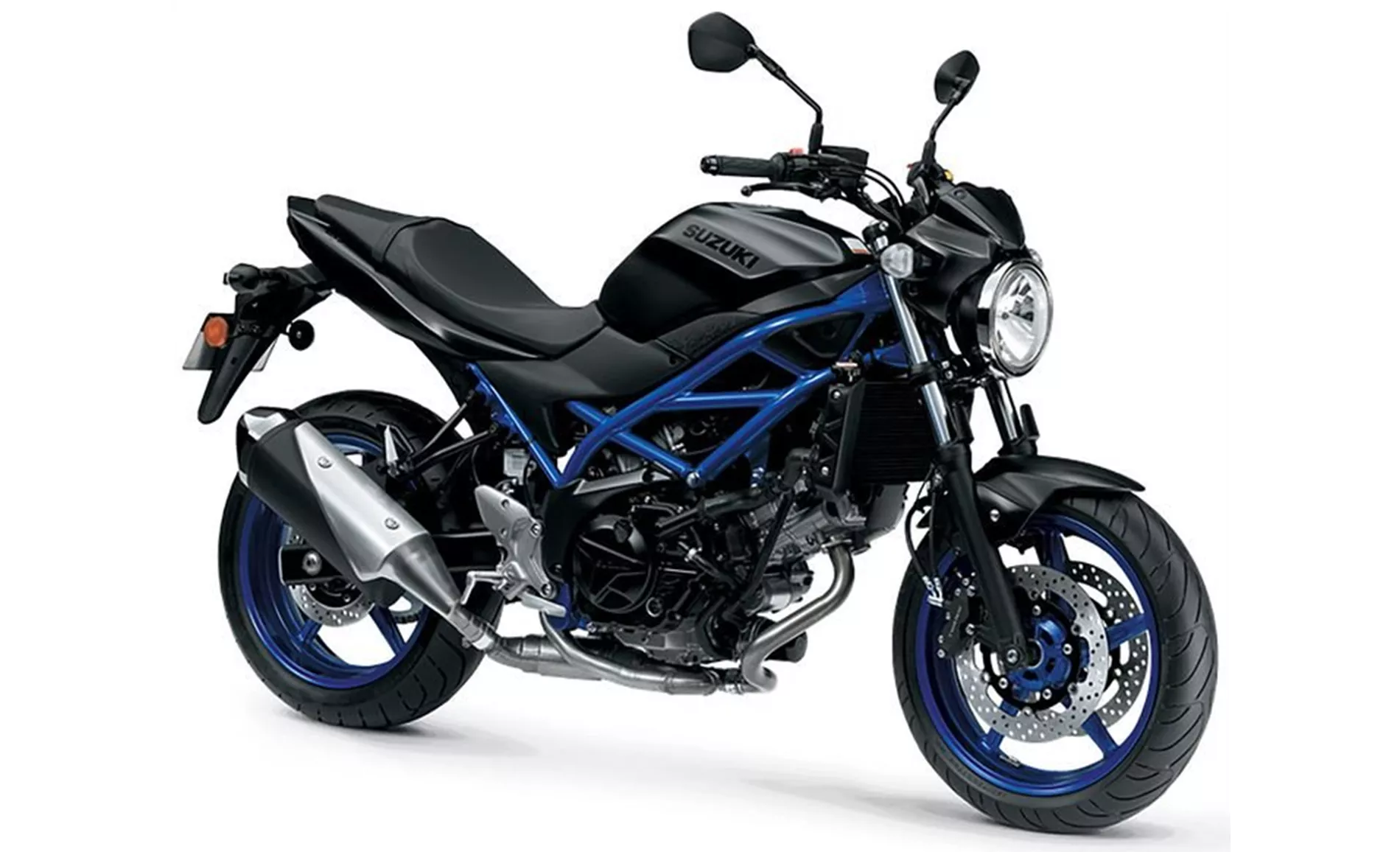
Suzuki SV 650 2021
In terms of strengths, the BMW F 800 R 2017 offers strong brakes, upgraded equipment, low weight, accessible geometry, and a characteristic sound. On the other hand, the Suzuki SV 650 2021 boasts a confident V2 powerplant with character, a stable chassis, a comfortable seating position, easy handling, and a timeless look.
However, the BMW F 800 R 2017 does have some weaknesses. It can be seen as somewhat pragmatic, and some riders may find that it lacks a bit of effervescence. On the other hand, the Suzuki SV 650 2021 has its own weaknesses, such as the brake requiring manual force, the absence of electronics apart from ABS, and moderately readable instruments.
In conclusion, both the BMW F 800 R 2017 and the Suzuki SV 650 2021 have their own unique strengths and weaknesses. The BMW F 800 R offers a more powerful engine and advanced rider assistance systems, while the Suzuki SV 650 provides a confident powerplant, stable chassis, and comfortable riding position. Ultimately, the choice between the two will depend on the rider's preferences and priorities.
Technical Specifications BMW F 800 R 2017 compared to Suzuki SV 650 2021
Pros and Cons in comparison
Pros and Cons in comparison
BMW F 800 R 2017
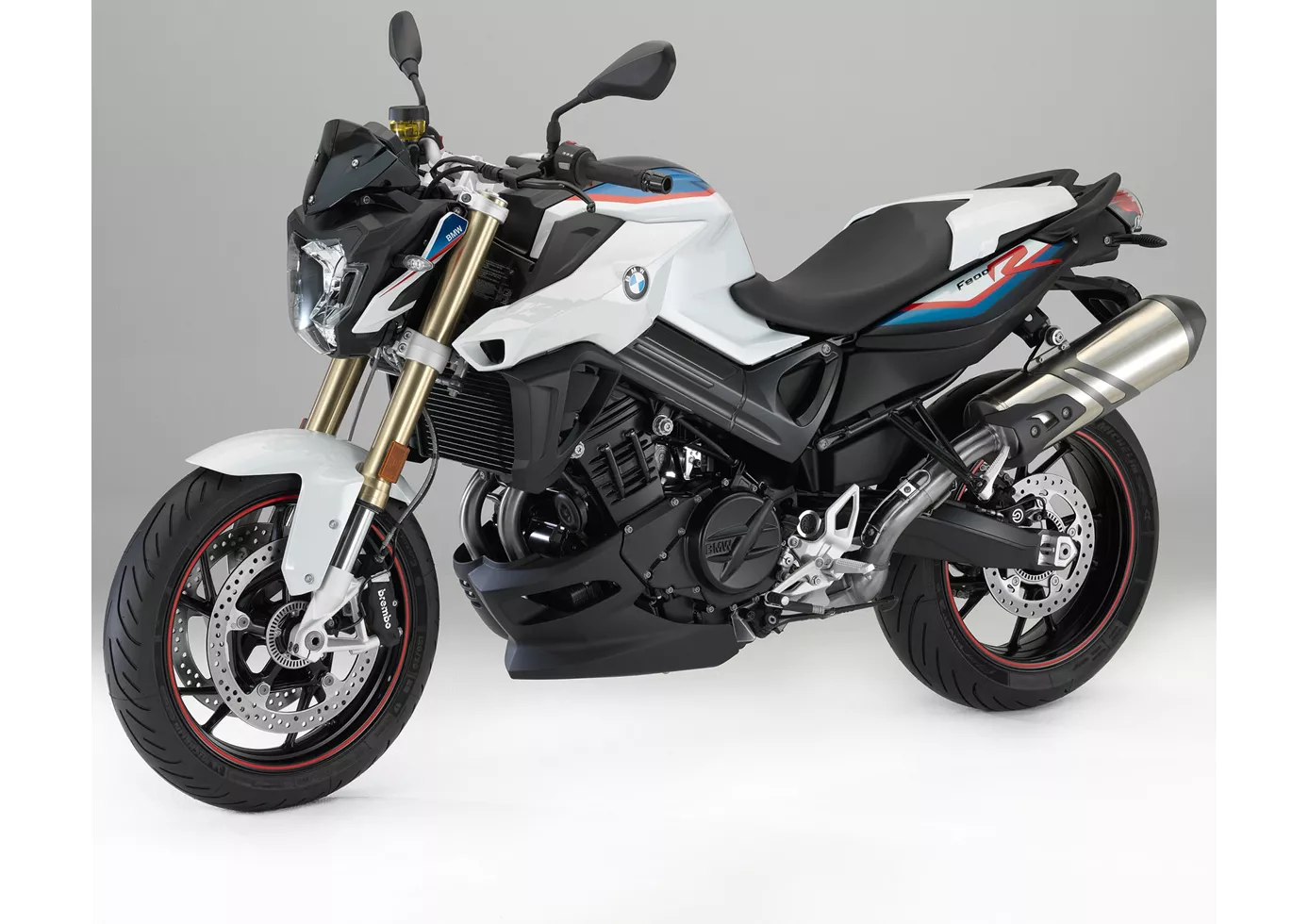
Avec un moteur EURO4, de nouveaux modes de conduite, de nouveaux instruments et de nouvelles couleurs, la F 800 R démarre la nouvelle saison. Au premier coup d'œil, elle n'est reconnaissable qu'à l'embout de son imposant pot d'échappement en acier inoxydable. Elle fait partie de ces motos adultes qui, malgré un potentiel sportif considérable, ont été conçues pour un groupe d'utilisateurs aussi large que possible. C'est pourquoi elle est parfaitement adaptée aux débutants (bridée), mais peut également enthousiasmer un public expérimenté. Son caractère reste certes un peu pragmatique, mais il est compensé par la sonorité inimitable et caverneuse de ce deux-roues en ligne.
Suzuki SV 650 2021
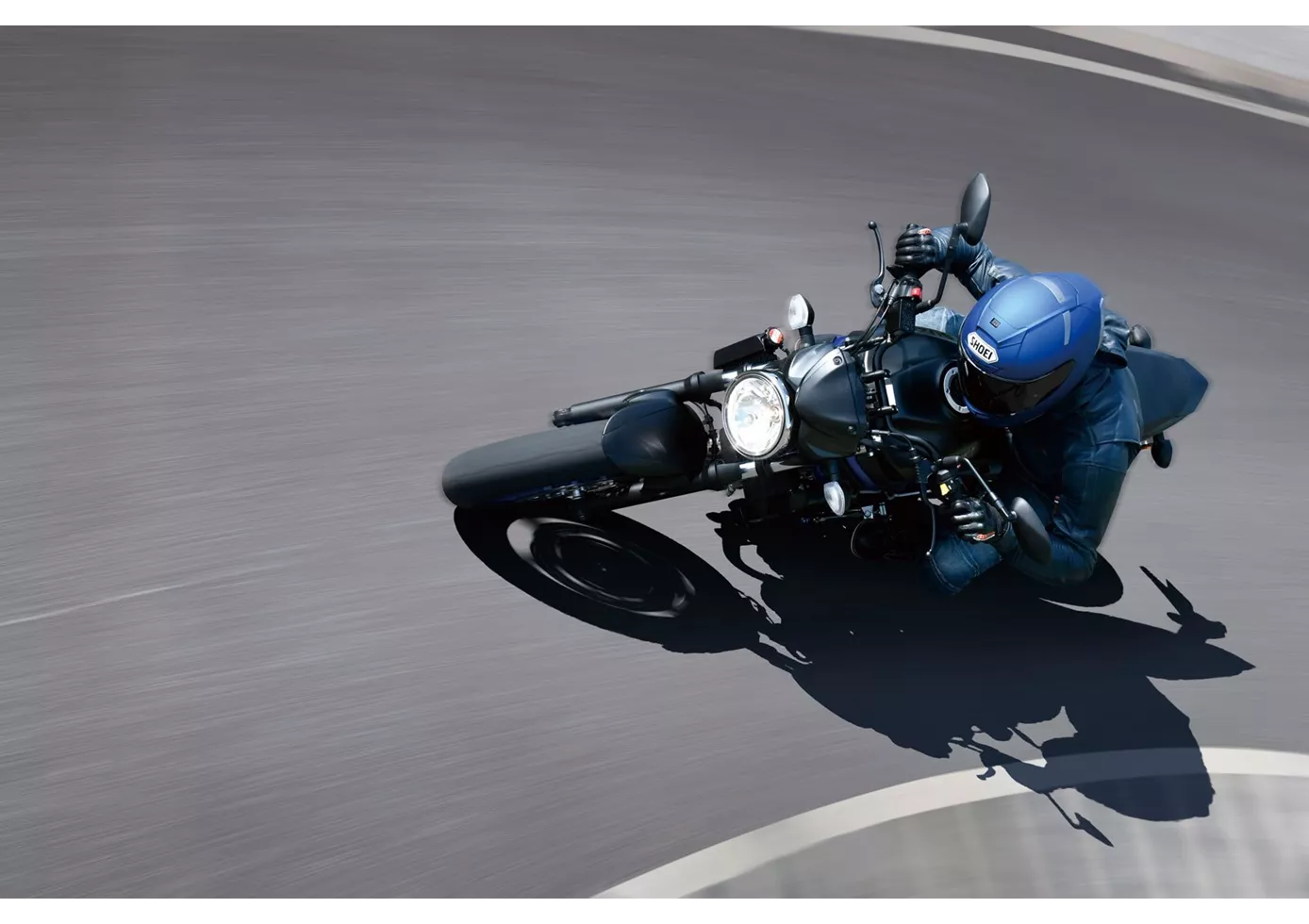
La Suzuki SV 650 n'a pas beaucoup évolué depuis cinq ans par rapport à son prédécesseur. Le moteur a été mis à jour selon la norme Euro5 et se présente désormais de manière encore plus adulte, ce qui lui permet de s'intégrer parfaitement au reste du package. La SV 650 ne veut effrayer personne, surtout pas les débutants. Le châssis donne une impression de solidité et de sérénité, le frein demande une bonne force manuelle pour éviter un surfreinage inattendu. L'optique est d'une part intemporelle, mais d'autre part vraiment un peu dépassée sur certains composants. En revanche, le prix est correct, comme d'habitude chez Suzuki.
Price Comparison Avarage Market Price BMW F 800 R vs Suzuki SV 650
There are a few key differences between a BMW F 800 R 2017 and a Suzuki SV 650 2021. In terms of price, the actual average price of a BMW F 800 R 2017 is about 29% higher. Compared to Suzuki SV 650 2021 there are more BMW F 800 R 2017 bikes available on the 1000PS.de Marketplace, specifically 16 compared to 13. It takes less time to sell a BMW F 800 R with 105 days compared to 111 days for a Suzuki SV 650. Since model year 2009 1000PS.de editors have written 20 reviews for the BMW F 800 R and 25 reviews for the Suzuki SV 650 since model year 2005. The first review for the BMW F 800 R was published on 10/10/2008 and now has more than 8,900 views. This compares to more than 14,200 views for the first review on Suzuki SV 650 published on 9/26/2008.
